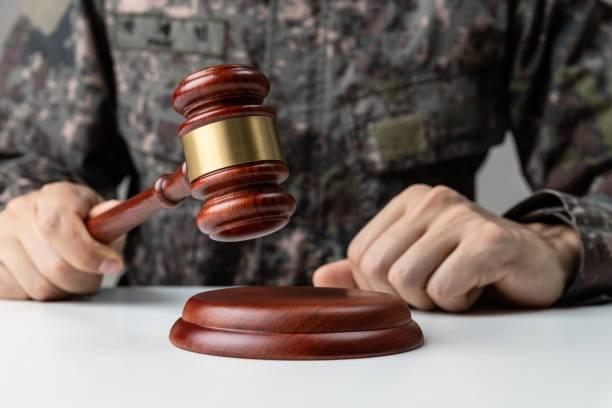
In the legal realm, seeking accountability is often a complex and arduous journey. And no case exemplifies this more than the legal battle behind the Camp Lejeune toxic exposure lawsuits. This article dives deep into the intricacies of the litigation, shedding light on the challenges faced by victims and the pursuit of justice.
The history of Camp Lejeune and its water contamination
Camp Lejeune, a marine corps base in North Carolina, has a dark history of water contamination. From the 1950s to the 1980s, the base's drinking water was contaminated with a toxic cocktail of chemicals, including benzene, trichloroethylene (TCE), and perchloroethylene (PCE). These chemicals leaked into the water supply from various sources, including leaking storage tanks and disposal sites on the base.
Unbeknownst to the thousands of service members and their families stationed at Camp Lejeune during this period, the contaminated water posed significant health risks. It wasn't until years later that the extent of the toxic exposure and its devastating consequences became apparent.
Health effects of toxic exposure at Camp Lejeune
The health effects of toxic exposure at Camp Lejeune have been staggering. Countless individuals who were stationed at the base or lived there with their families have developed various illnesses, including cancer, birth defects, and other chronic diseases. The long-term effects of exposure to these toxic chemicals have been well-documented, leaving victims and their families grappling with the physical, emotional, and financial toll of their illnesses.
Studies have shown a clear link between the contaminated water at Camp Lejeune and an increased risk of several types of cancer, including leukemia, breast cancer, bladder cancer, and kidney cancer. The toxic chemicals have also been linked to reproductive disorders, such as infertility, miscarriages, and birth defects. The toll on the health and well-being of the affected individuals and their families cannot be overstated.
The legal battle for accountability
The road to justice for the victims of Camp Lejeune's toxic exposure has been a long and challenging one. Proving the link between the contaminated water and specific health conditions has been a complex task. Legal experts and advocacy groups have worked tirelessly to gather evidence, conduct research, and build a compelling case against those responsible for the contamination.
One of the key legal strategies employed in these lawsuits has been the pursuit of litigation against the United States government. As Camp Lejeune was a military base, the government has been held accountable for the negligence and failure to protect the health and safety of its service members and their families. However, navigating the legal complexities of suing the government has presented its own set of challenges.
Key lawsuits and settlements
Over the years, several high-profile lawsuits have brought the Camp Lejeune toxic exposure issue into the spotlight. One notable case is the landmark class-action lawsuit filed on behalf of thousands of affected individuals. This lawsuit sought compensation for the victims' medical expenses, pain and suffering, and other damages resulting from their exposure to the toxic water.
In 2012, the United States government agreed to establish a $2.2 billion fund to compensate the victims of Camp Lejeune's toxic exposure. This settlement marked a significant step towards accountability and justice for the affected individuals and their families. However, the process of distributing the funds and ensuring fair compensation to all eligible victims has been a complex task.
Challenges faced by victims and their families
The challenges faced by the victims and their families in seeking justice and accountability cannot be understated. Proving causation between the toxic exposure and specific health conditions has been an uphill battle, requiring extensive scientific research and expert testimony. Additionally, the legal complexities of suing the government have made the pursuit of justice a lengthy and arduous process.
Furthermore, many victims have encountered resistance from government agencies and experienced difficulties in accessing their medical records and necessary documentation. The emotional toll of battling a debilitating illness, alongside the legal complexities, has put a strain on the affected individuals and their families, further underscoring the importance of their fight for justice.
Support and advocacy groups for Camp Lejeune toxic exposure lawsuits Throughout the legal battle, support and advocacy groups have played a crucial role in providing assistance and resources to the victims of Camp Lejeune's toxic exposure. These groups have worked tirelessly to raise awareness about the issue, provide legal support, and advocate for the rights of the affected individuals and their families.
Organizations such as the Camp Lejeune Community Assistance Panel and the ATSDR (Agency for Toxic Substances and Disease Registry) have been instrumental in connecting the victims with medical professionals, legal experts, and support networks. Their unwavering commitment to the cause has helped amplify the voices of the victims and shed light on the need for accountability and change.
